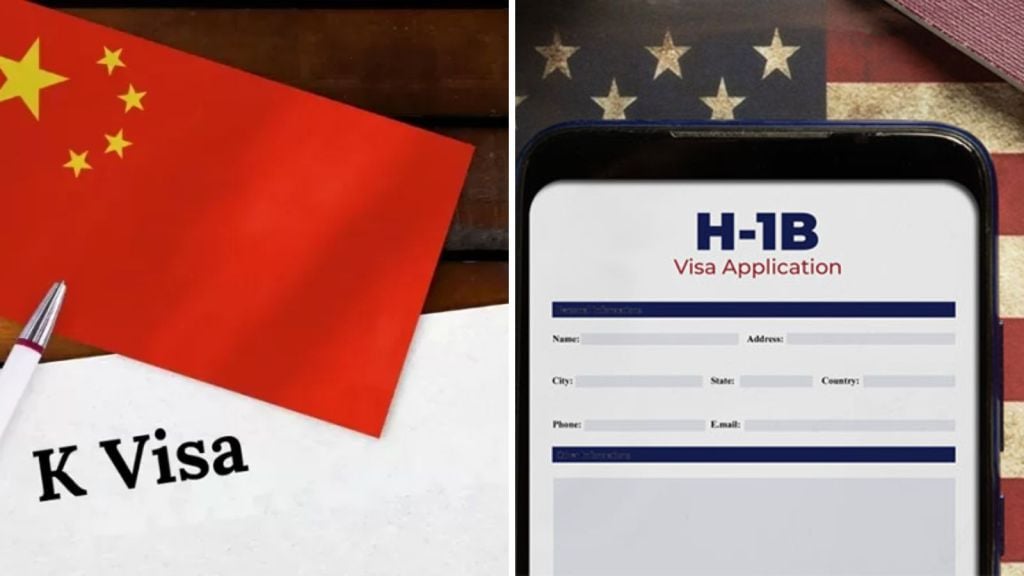China’s new K-visa, designed to pull in science and technology workers, is suddenly drawing attention from Indian professionals who once wanted to live the American dream. The visa comes at a moment when the US H-1B system is getting more restrictive and expensive under Donald Trump’s new immigration rules. As Beijing tries to be a welcoming hub for skilled workers, many Indians are now weighing whether the new Chinese visa could become the new H-1B for them.
Indian tech workers are now looking East
Indian students say the mood has changed. H-1B has always been the big dream, but now it feels out of reach for many. “Students studying in the US hoped for an H-1B visa, but right now that’s a problem,” said Bikash Kali Das, who is pursuing a master’s in international relations at Sichuan University, in his comments to the Associated Press. Immigration consultants in China say they’ve already heard from Indian and Southeast Asian professionals who want to know more about the K-visa.
Experts believe China sees a clear opening here. Vaishnavi Srinivasagopalan has done the usual India-to-US tech journey. She has worked in both countries, built a solid IT profile, and, like many Indian professionals, hoped the American route would stay open. But as the US has imposed a hefty fee on its H-1B visas, she has started looking somewhere most of her peers still don’t consider, China.
“(The) K-visa for China (is) an equivalent to the H-1B for the US,” Vaishnavi told AP. Her father once worked at a Chinese university, and she has been curious about China’s work culture and pace ever since. “It is a good option for people like me to work abroad,” she added.
China wants more foreign tech professionals
Beijing is trying to make its timing work. Huge government subsidies are flowing into AI, robotics, and semiconductors. The K-visa is meant to support that mission by making it easier for foreign professionals to move in.
Unlike China’s existing R-visa for top talent, the K-visa doesn’t even require a job offer before applying. This flexibility is gaining attention in India and Southeast Asia. “Beijing perceives the tightening of immigration policies in the US as an opportunity to position itself globally as welcoming foreign talent and investment more broadly,” said Barbara Kelemen from Dragonfly to AP.
At the same time, China is dealing with its own job crunch. Unemployment among Chinese graduates remains high, and young workers are already struggling to find roles. Some students worry the K-visa might make the competition tougher. “The job market is already very competitive,” said Zhou Xinying, a postgraduate student at Zhejiang University. While she thinks foreign workers can introduce new knowledge, she also understands why some locals feel uneasy.
Despite its size, China had only around 711,000 foreign workers in 2023. Meanwhile, the US continues to have two things China cannot replicate easily, English and a clearer pathway to long-term residency. Experts say that even if the US loses some potential H-1B applicants, most might end up choosing countries like the UK or European nations rather than China. These places already have strong tech ecosystems and easier immigration systems.
“The US still remains more appealing than China,” said Michael Feller from consultancy Geopolitical Strategy. He added that China will need to offer a lot more than a convenient visa to draw the world’s best talent.


